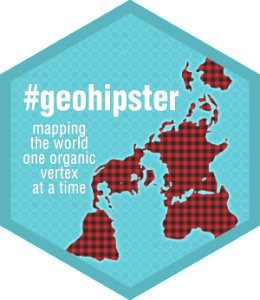Month: January 2015
-
Srikant Panda: “The whole community of photogrammetry and GIS is a family”
Srikant Panda is a photogrammetrist, philosopher, friend, and owner of a brand new house. Srikant was interviewed for GeoHipster by Randal Hale, who prefaced this piece with the following: Many of you are going to be reading this and going “Who is Srikant Panda?” I said the same thing about a couple of years back…
-
Stephanie May: “If you don’t know what your map is supposed to be telling us, neither do we”
By day, Stephanie specializes in spatial data file formats, transformations, analysis, and geospatial product management. At other times she opines for free on thematic map styles, urbanism, and best practices in geodata. Once upon a time her maps were featured in Atlantic Cities, Gizmodo, Huffington Post, the New Yorker, and the New York Times. She…
-
Steven Ramage: “Fitness for purpose is one of my favourite terms”
After a number of years working with internationally-recognised organisations (Navteq, 1Spatial, OGC, and Ordnance Survey (OS)), Steven is now working for what3words, based in London; they’re helping to simply and precisely communicate location using only words. He also consults for OS, the World Bank, and is a Visiting Professor at the Institute for Future Cities…
-
Gretchen Peterson: “Cartography is fundamentally about where things are, not about the technology that displays them”
Gretchen Peterson is a cartography explorer who is constantly on the lookout for new techniques, tricks, and solutions that collectively elevate the status of maps. Peterson shares these adventures in her cartography books, blog, and twitter stream, and also, sometimes, cracks extremely funny nerd jokes. As a Data Scientist at Boundless, Peterson designs basemaps with…
